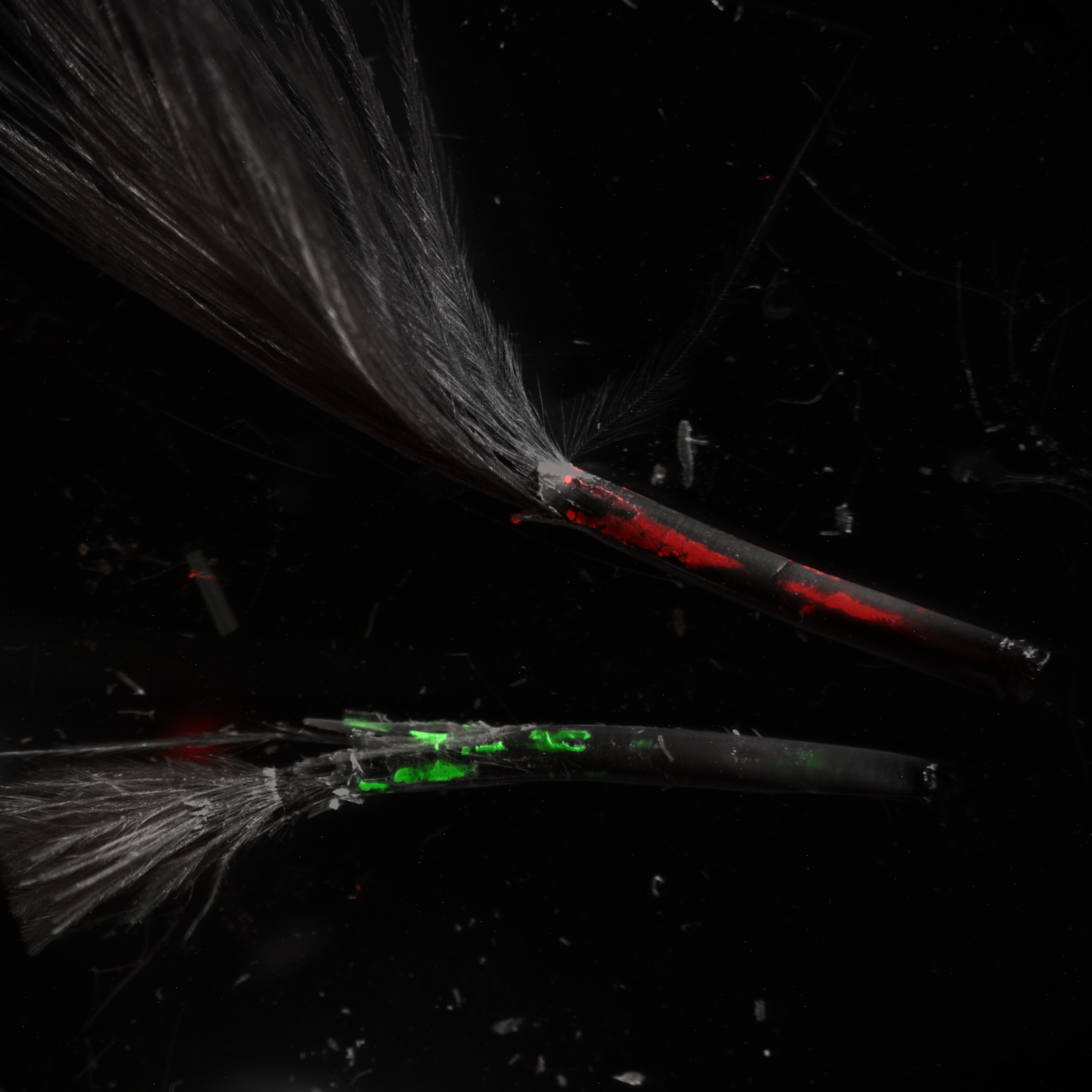Poly(A) binding protein 1 enhances cap-independent translation initiation of neurovirulence factor from avian herpesvirus
Poly(A) binding protein 1 (PABP1) plays a central role in mRNA translation and stability and is a target by many viruses in diverse manners. We report a novel viral translational control strategy involving the recruitment of PABP1 to the 5' leader internal ribosome entry site (5L IRES) of an immediate-early (IE) bicistronic mRNA that encodes the neurovirulence protein (pp14) from the avian herpesvirus Mareks disease virus serotype 1 (MDV1). We provide evidence for the interaction between an internal poly(A) sequence within the 5L IRES and PABP1 which may occur concomitantly with the recruitment of PABP1 to the poly(A) tail. RNA interference and reverse genetic mutagenesis results show that a subset of virally encoded-microRNAs (miRNAs) targets the inhibitor of PABP1, known as paip2, and therefore plays an indirect role in PABP1 recruitment strategy by increasing the available pool of active PABP1. We propose a model that may offer a mechanistic explanation for the cap-independent enhancement of the activity of the 5L IRES by recruitment of a bona fide initiation protein to the 5' end of the message and that is, from the affinity binding data, still compatible with the formation of closed loop structure of mRNA.

